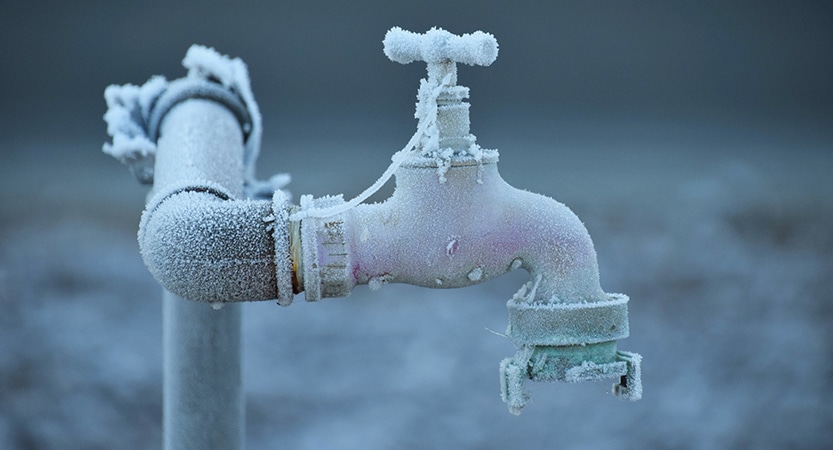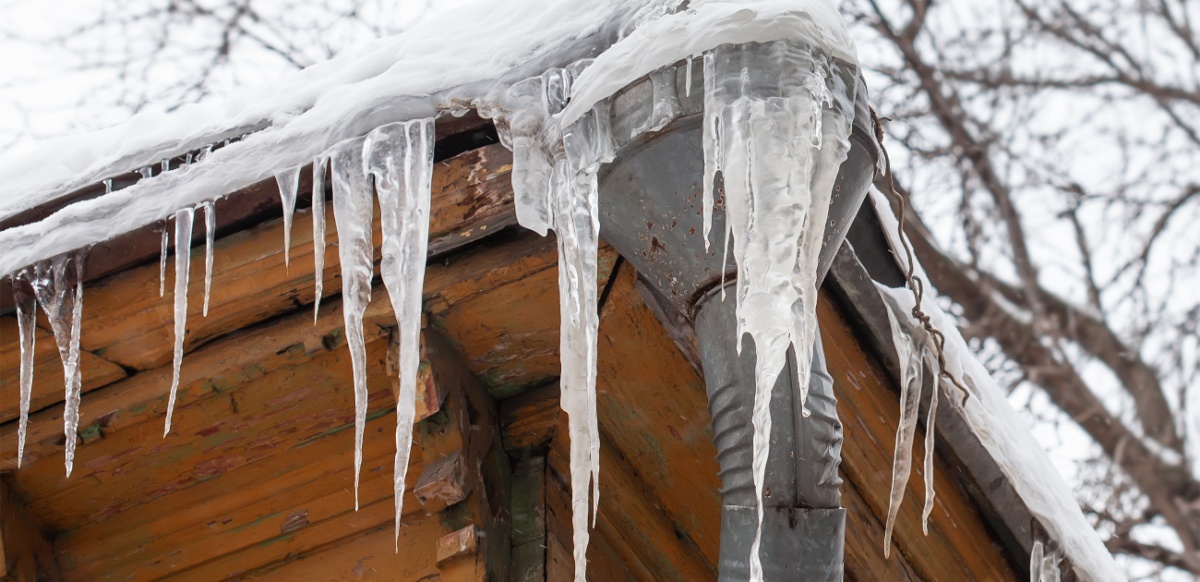Avoid Frozen Plumbing in Winter: Expert Strategies
Avoid Frozen Plumbing in Winter: Expert Strategies
Blog Article
What're your ideas on Preventing and dealing with frozen pipes?

Cold weather can damage your plumbing, especially by freezing pipes. Here's how to prevent it from happening and what to do if it does.
Introduction
As temperatures decline, the threat of icy pipelines increases, potentially bring about expensive repair work and water damages. Understanding how to prevent icy pipes is critical for home owners in cool climates.
Avoidance Tips
Protecting prone pipes
Cover pipelines in insulation sleeves or utilize heat tape to shield them from freezing temperatures. Concentrate on pipes in unheated or outside locations of the home.
Heating techniques
Maintain indoor spaces appropriately heated, particularly locations with pipes. Open up closet doors to permit cozy air to flow around pipes under sinks.
Just how to identify icy pipes
Search for decreased water circulation from faucets, uncommon odors or sounds from pipelines, and noticeable frost on revealed pipelines.
Long-Term Solutions
Structural changes
Think about rerouting pipes far from exterior wall surfaces or unheated locations. Include added insulation to attic rooms, cellars, and crawl spaces.
Updating insulation
Invest in top quality insulation for pipelines, attics, and walls. Proper insulation aids keep constant temperatures and reduces the threat of frozen pipes.
Safeguarding Exterior Pipes
Yard tubes and exterior faucets
Separate and drain yard hose pipes prior to winter season. Mount frost-proof spigots or cover exterior faucets with protected caps.
Understanding Frozen Pipes
What creates pipes to ice up?
Pipelines freeze when exposed to temperature levels listed below 32 ° F (0 ° C) for prolonged periods. As water inside the pipelines freezes, it increases, putting pressure on the pipeline wall surfaces and potentially triggering them to break.
Risks and problems
Icy pipelines can lead to water system disturbances, property damage, and costly repair services. Ruptured pipelines can flood homes and cause considerable architectural damages.
Indications of Frozen Pipeline
Recognizing frozen pipelines early can prevent them from bursting.
What to Do If Your Pipelines Freeze
Immediate activities to take
If you believe frozen pipes, maintain faucets open up to soothe stress as the ice melts. Make use of a hairdryer or towels soaked in hot water to thaw pipes slowly.
Conclusion
Protecting against frozen pipelines calls for positive actions and quick feedbacks. By comprehending the reasons, signs, and safety nets, property owners can shield their plumbing during winter.
5 Ways to Prevent Frozen Pipes
Drain Outdoor Faucets and Disconnect Hoses
First, close the shut-off valve that controls the flow of water in the pipe to your outdoor faucet. Then, head outside to disconnect and drain your hose and open the outdoor faucet to allow the water to completely drain out of the line. Turn off the faucet when done. Finally, head back to the shut-off valve and drain the remaining water inside the pipe into a bucket or container. Additionally, if you have a home irrigation system, you should consider hiring an expert to clear the system of water each year.
Insulate Pipes
One of the best and most cost-effective methods for preventing frozen water pipes is to wrap your pipes with insulation. This is especially important for areas in your home that aren’t exposed to heat, such as an attic. We suggest using foam sleeves, which can typically be found at your local hardware store.
Keep Heat Running at 65
Your pipes are located inside your walls, and the temperature there is much colder than the rest of the house. To prevent your pipes from freezing, The Insurance Information Institute suggests that you keep your home heated to at least 65 degrees, even when traveling. You may want to invest in smart devices that can keep an eye on the temperature in your home while you’re away.
Leave Water Dripping
Moving water — even a small trickle — can prevent ice from forming inside your pipes. When freezing temps are imminent, start a drip of water from all faucets that serve exposed pipes. Leaving a few faucets running will also help relieve pressure inside the pipes and help prevent a rupture if the water inside freezes.
Open Cupboard Doors
Warm your kitchen and bathroom pipes by opening cupboards and vanities. You should also leave your interior doors ajar to help warm air circulate evenly throughout your home.

I ran across that page about 6 Ways to Prevent Frozen Pipes while exploring the search engines. So long as you enjoyed reading our article if you please don't forget to pass it around. We appreciate reading our article about Helpful Tips to Prevent Frozen Pipes this Winter.
Call Today Report this page